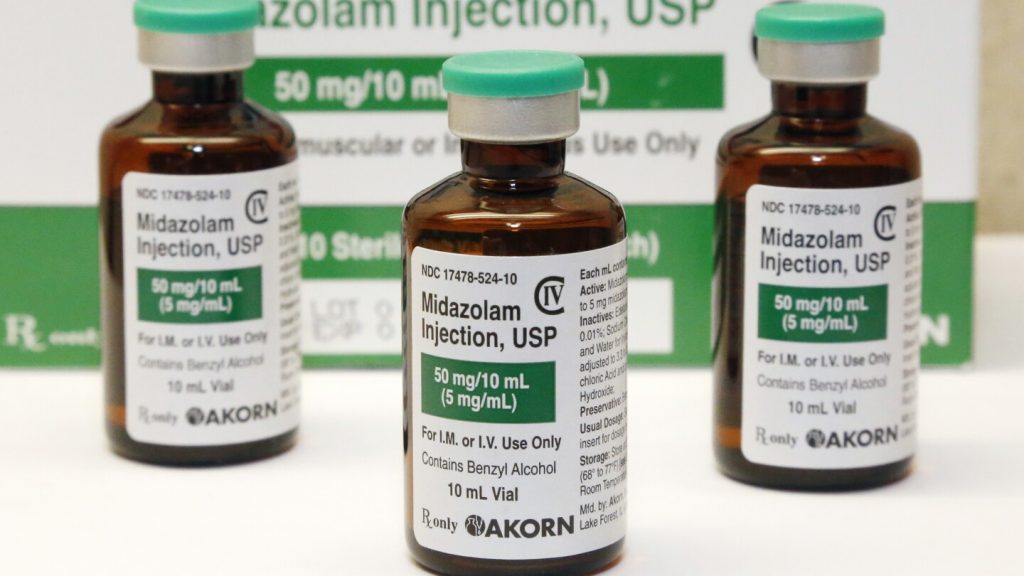The use of sedatives by police during detainment has quietly spread across the nation over the past 15 years, resulting in at least 94 deaths from 2012 through 2021. Supporters argue that sedatives can enable rapid treatment for drug-related behavioral emergencies and psychotic episodes, protect responders from violence, and safely transport individuals with life-threatening conditions to hospitals. However, critics believe forced sedation should be limited or banned, as they are given without consent and pose significant risks during police encounters.
These injections occurred in various locations across the country, ranging from big cities to rural areas. It was difficult to determine the exact role sedatives played in each of the 94 deaths, as other potentially dangerous force was often used alongside the injections. Medical experts note that the impact of sedatives could range from negligible to being the primary cause of death, depending on the circumstances in which they were administered. Some medical officials are now calling for more scrutiny of the use of sedatives during police encounters.
A significant finding of the investigation was that about half of those who died after receiving injections were Black. This racial disparity is connected to the controversial concept of excited delirium, which has led to an increase in the use of sedatives outside of hospitals. Guidelines require paramedics to assess the potential dangers posed by individuals they treat, with only those deemed at high risk of harming themselves or others eligible for sedatives. However, some individuals who did not meet this criteria were still given injections.
The death of Elijah McClain in 2019 brought attention to the practice of administering sedatives during detainment, as well as the issue of police holding individuals facedown, with handcuffs restricting their breathing. Experts highlight the danger of giving sedatives to individuals who are already struggling to breathe, as it can lead to respiratory failure and, ultimately, death. The rapid spread of this strategy was based on a now-discredited concept known as excited delirium, which has since been criticized by medical organizations.
Despite the focus on police force during deaths involving law enforcement, the role of medical personnel who administer sedatives has often been overlooked. Sedatives are rarely mentioned in news headlines or criminal investigations, due to various reasons such as medical privacy concerns and a lack of understanding about their potential impact. The investigation highlights the need for greater scrutiny and accountability surrounding the use of sedatives during police encounters, as well as the need for more detailed investigations into the circumstances surrounding these deaths.


